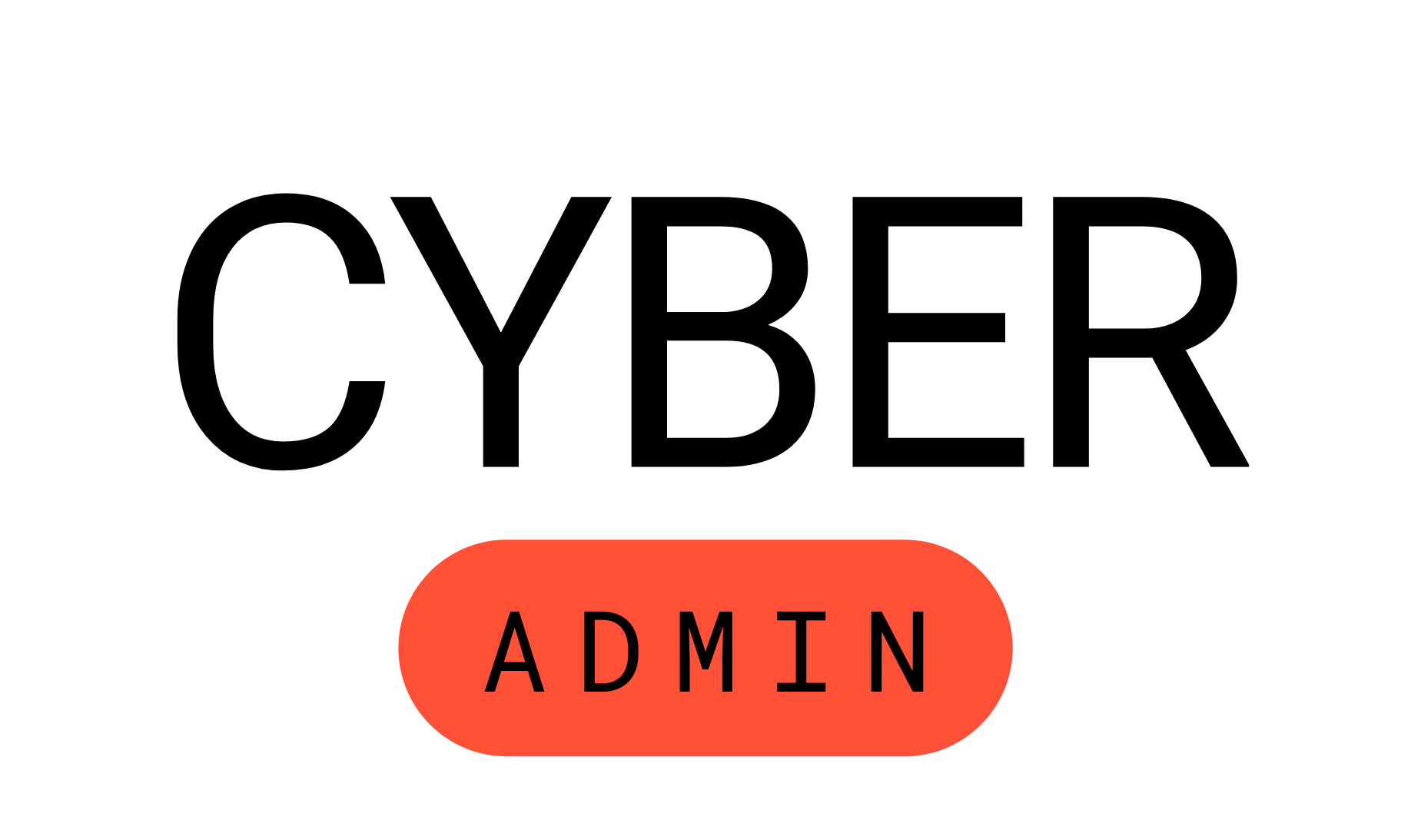The process of deleting a user on PS4 involves accessing the settings menu, selecting ‘Users’, choosing the user you want to delete, and selecting ‘Delete User’, while on Xbox 360, you can delete a profile by going to the ‘Settings’ menu, selecting ‘System’, choosing ‘Storage’, selecting ‘All Devices’, finding the profile you want to delete, and selecting ‘Delete’.
